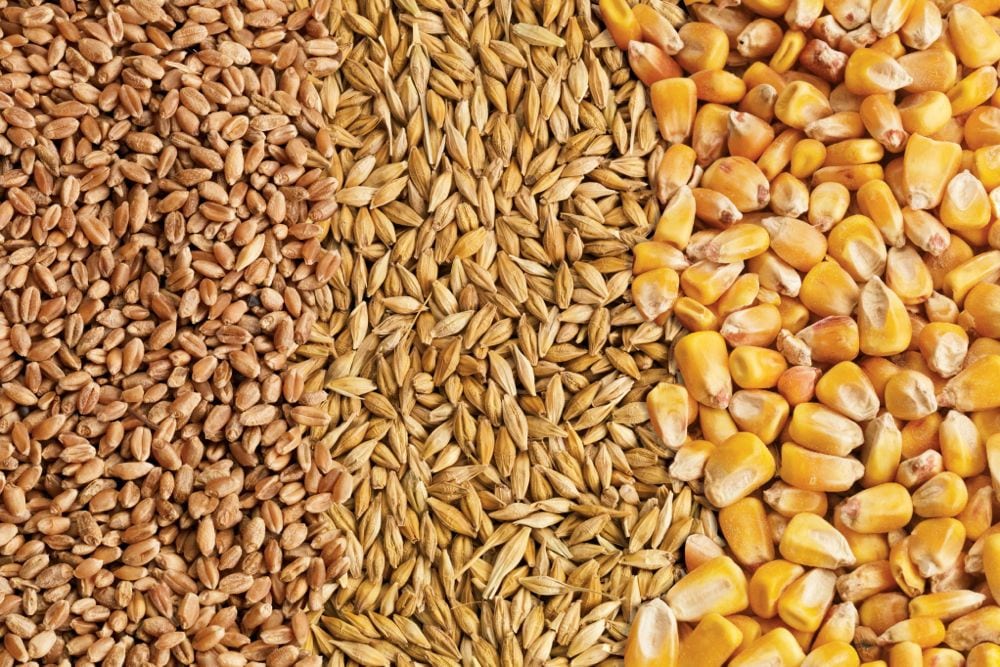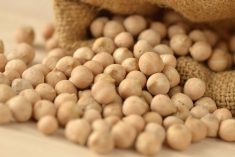A rapid test to gauge sprouting damage in wheat is being studied as a possible replacement for the naked eye in wheat grading.
The Canadian Grain Commission announced Monday it would enter a second phase of an industry pilot program to test rapid visco analysis (RVA), for which it will distribute RVA-StarchMaster2 units, grinders and robotic dispensers to pilot participants in the grain industry.
The pilot program will look at RVA’s potential for use at primary elevators, the CGC said.
“RVA technology could affect grain grading,” CGC chief commissioner Elwin Hermanson said in a release. “We’re also evaluating it as part of our commitment to provide producers with value by ensuring they get paid accurately and fairly for their grain deliveries.”
Read Also

Feed Grains Weekly: Good export demand pushing up domestic prices
Prices for feed barley and wheat have been trending higher lately, said analyst Jerry Klassen of Resilient Capital in Winnipeg.
When wheat kernels begin to sprout, they release an enzyme that breaks down the starch in wheat kernels, damaging milling quality and changing how wheat performs in processing, thus sprout damage is a grading factor in Canadian wheat grading.
Current standard practice at the CGC and in the grain industry is a visual assessment, in which CGC or grain company staff assess sprout damage by examining a wheat sample for germinated kernels.
Other types of RVA are already in use in the industry, the CGC said, but the StarchMaster2 represents “the latest technology.”
The RVA-StarchMaster2, designed for use in the food and feed industry, was updated by its manufacturer after the first phase of CGC testing.
The RVA unit’s robotic dispenser is meant to ensure accurate results by dispensing the appropriate amount of water, self-adjusting for sample weight, for each test.
“If the pilot study shows that RVA technology works in elevators, the (CGC) and the grain industry will consider how to further implement this new technology,” the commission said. “If the results of the study are conclusive, changes to the grain quality assurance system may follow.”
For now, however, “visual assessment of sprout damage will continue to be the standard practice.”
The RVA StarchMaster2, billed as “the affordable viscometer for food and starch testing,” is made by Australian firm Newport Scientific and distributed in North America by its Swedish parent company, Perten Instruments. It’s used to test viscosity of starches, cereals and foods and also has applications in the brewing, food, feed and ingredients industries.
According to Newport, the unit is also “well suited to pre-harvest weather damage testing in grains and flours, such as wheat, barley and rye, providing a rapid, simple and objective test for grain soundness.”














